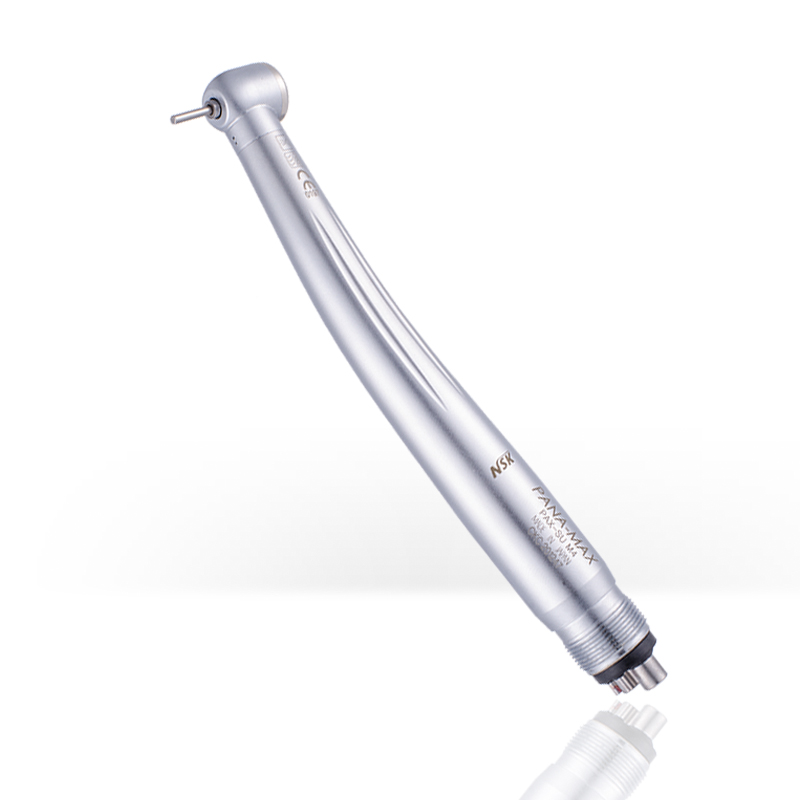Knowledge about Dental Burs
Dental diamond burs are consumables used by dental surgeons. They are mainly composed of burs and corundum. The burs are made of stainless steel. The corundum is embedded in the bur handle by inserting sand.
It can be inserted into a high-speed handpiece to help dental surgeons to open holes and repair their teeth. If the dentist’s handpiece is likened to a handheld drill, a bur is equivalent to a drill bit on a drill.
■ The corundum bur head has small corundum particles attached to the periphery of the drill bit. These corundum particles have de-dusting, de-magnetization, spheronization and purification treatments, and have excellent sharpness and wear resistance.
■ Corundum burs will gradually fall during use, usually when the corundum falls halfway, the service life of this bur will be over.
Coarse-grain diamond burs (125-150μm) are marked with a green color ring;
(Model code: C, for example: WR-13C, often used for roughing and large-scale cutting)
Standard silicon carbide burs (106-125μm) are marked with a blue color ring;
(Conventional preparation)
Fine-grained diamond burs (53-63μm) are marked with a red color ring;
(Model code: F For example: EX-21F, commonly used for fine adjustment grinding and polishing)
Very fine-grained emery burs (20-30μm) are marked with a yellow color ring;
(Model code: EF For example: EX-21EF, commonly used for fine-tuning and fine polishing)
Generally, the blue marking ring or the unmarked color is a commonly used standard granular bur, which has a medium granularity and high cutting efficiency. Coarse-grain burs have a strong cutting force, but the cutting surface is rough and the texture is obvious. The tightness between the crown and the tissue surface of the preparation is poor, and fine-grained burs can be used to refine it.
Points to note when using burs
1. The selected bur should not be easily deformed, have high stability and anti-fracture ability, no tip collapse or sand removal, and good concentricity during rotation.
2. Appropriate force (30 ~ 60g) should be applied during cutting to sequentially and effectively cut the dental tissue.
3. Pay attention to the rotation speed of the bur, especially when operating large diameter burs and coarse-grain burs. If the bur is too high, it will generate too much heat, causing damage to the pulp and dental tissue.
4. Do not force the bur into the turbine. If installation difficulties occur, check the handpiece and bur carefully.
5. Please pay attention to the FG logo on the packaging, which is a bur used on high-speed turbines.
6. Disinfect the bur before each use. The burs should always be cleaned with a nylon brush or an ultrasonic cleaner. The bur is autoclaved at 135 degrees for at least 10 minutes.
7. After disinfection or cleaning, dry the burs in a clean, moisture-free environment.
8. It is common for clinical diamond corundum bur tips to wear faster than the tail end. At this time, pay attention to replacing the burs in time to avoid low cutting efficiency.
9. When using turbine cooling water, it should reach 50ml per minute.





